My CIP was learning the koto with Iwasaki-sensei. Christine (who was learning the shamisen instead) and I would go to her place every Monday, where we would have about an hour or so of learning our instruments along with the other students. The other students were all older ladies and two gentlemen (one of which was Iwasaki-sensei’s husband), who I feel like would have become like grandmother/father figures for me, if I had had the chance to stay longer. The atmosphere was fun and lively, and the others would often crack jokes and tell funny stories. The actual learning process helped to encourage a rapport between the others, as sensei liked to teach by doing; therefore, my first day in, I had already started to play the opening lines of Sakura. Unfortunately, because the koto is such a large instrument, I could not bring it back home in order to practice, but I think the bonds I formed with the others were more of a priority anyway, and way more worthwhile.
After our lesson, sensei and her husband would treat us all to dinner. I remember feeling very awkward the first night when we went to ChaoChao Gyoza – it had only been my second lesson, so I still didn’t know anyone very well; however, the atmosphere was light, and sensei ordered course after course, and we all shared the various dishes and shared our thoughts on them. This pattern continued for the remaining weeks with Iwasaki sensei. I gradually became a little more outgoing in storytelling, even managing to explain about my long and complicated family ancestry over traditional okonomiyaki. At first, beyond being shy and unconfident in my Japanese, the hardest part about communicating with the group was the fact that understanding the Japanese of older people is a lot more difficult than I thought it would be. I am still not an expert, but you do get better eventually. But through this, I really started to accept that it was okay to make mistakes, and that learning to explain and interpret is just as important as being correct.
What I found helpful was setting a goal for each week in the CIP, not necessarily for the koto, but conversation topics for everyone. One week, my goal was to learn more about what got sensei into learning traditional instruments and her background, and that gradually led to the conversation about my family tree. I would recommend that in any CIP, have a goal for the week if you feel afraid of not having something to speak about. Also, take advantage of spending time with those in the CIP, because those bonds will last a while as well.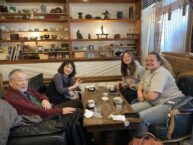
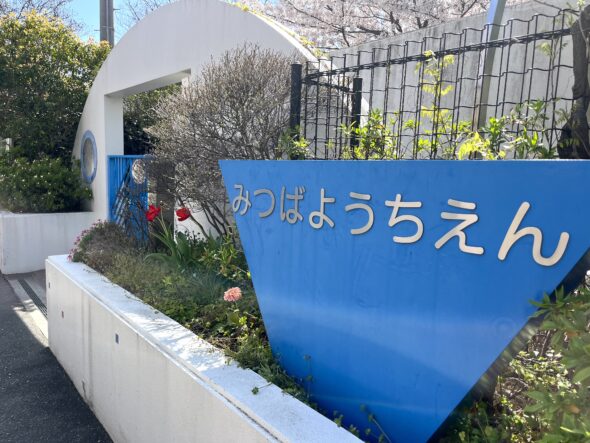

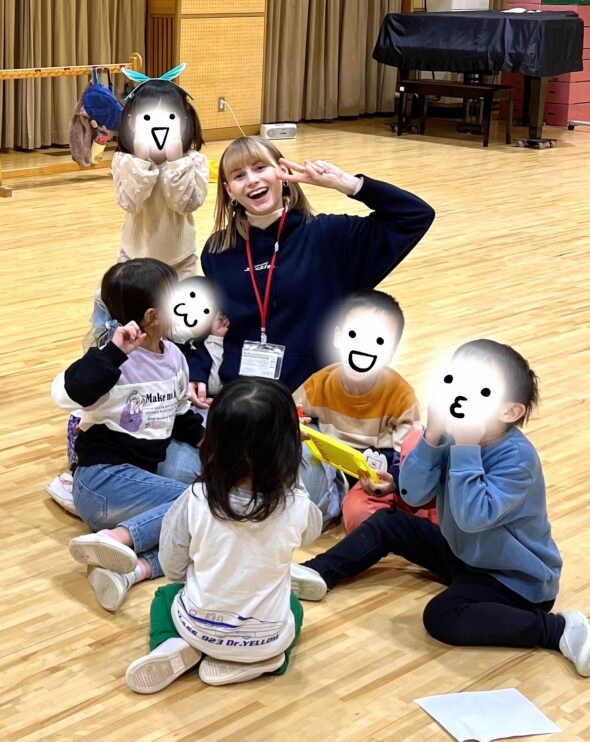
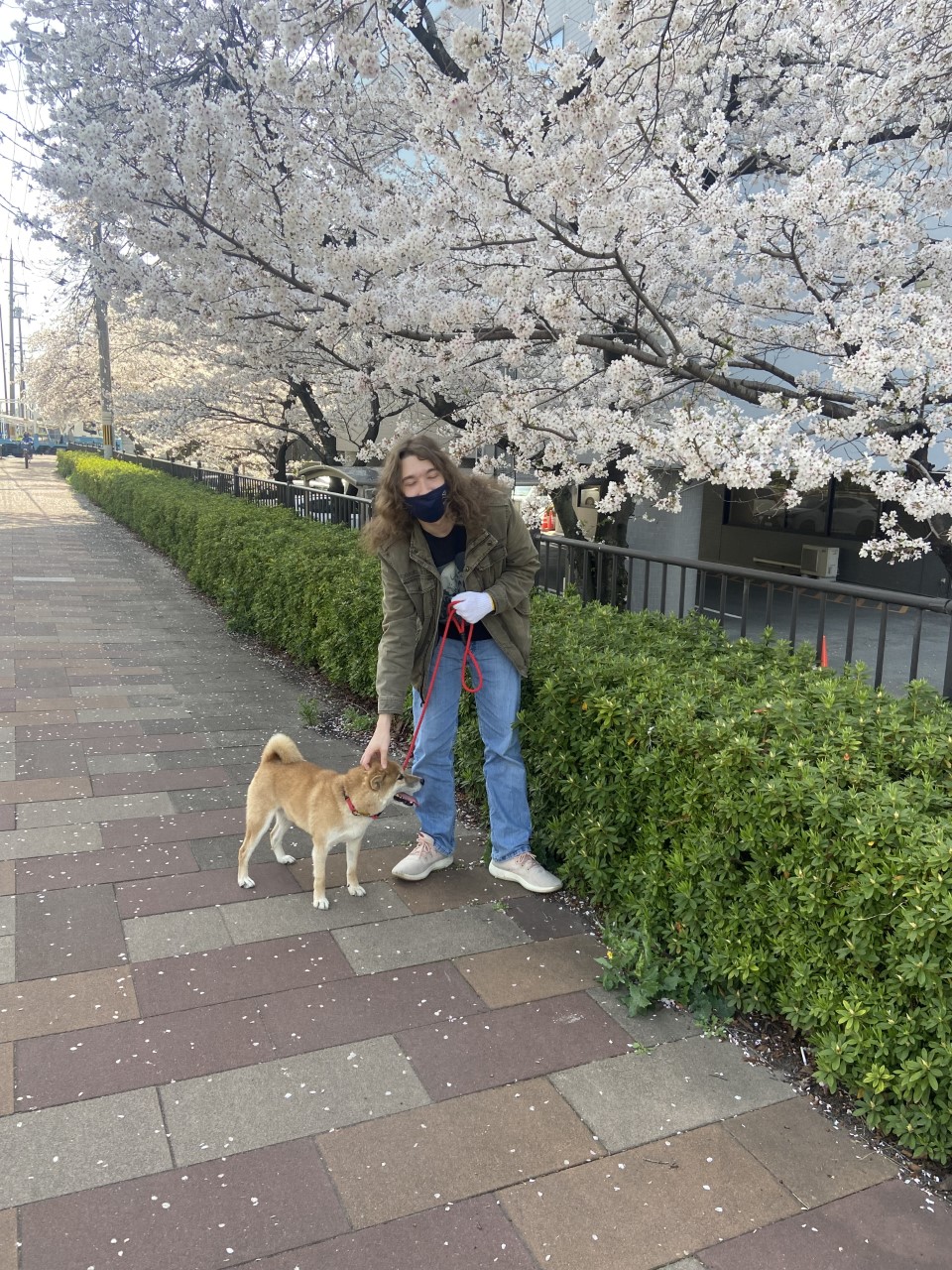
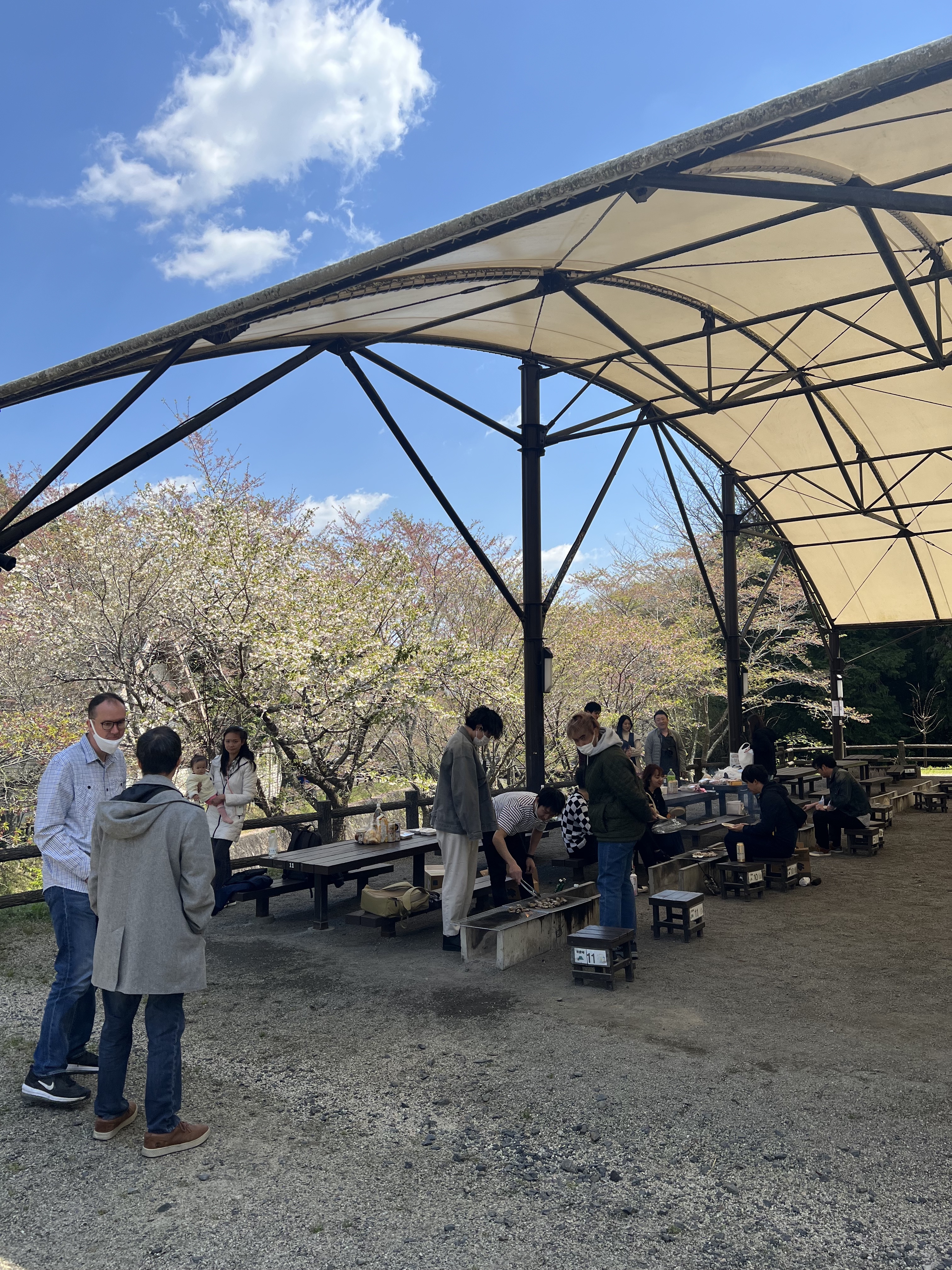 During my time at KCJS, I have decided that my community involvement project will be volunteering at Klexon English-speaking Circle located at Wings Kyoto. It was simple to speak with native residents who wanted to converse in English. At every meeting, we were met with different Kyoto residents. We were given a topic or a format of what we should talk about. Afterward, we talked about our daily life, childhood memories, and traveling.
During my time at KCJS, I have decided that my community involvement project will be volunteering at Klexon English-speaking Circle located at Wings Kyoto. It was simple to speak with native residents who wanted to converse in English. At every meeting, we were met with different Kyoto residents. We were given a topic or a format of what we should talk about. Afterward, we talked about our daily life, childhood memories, and traveling.

